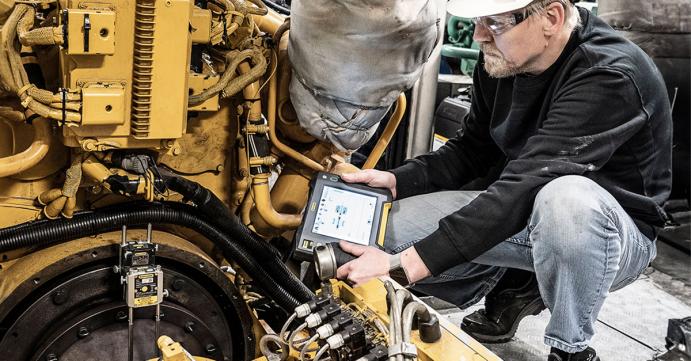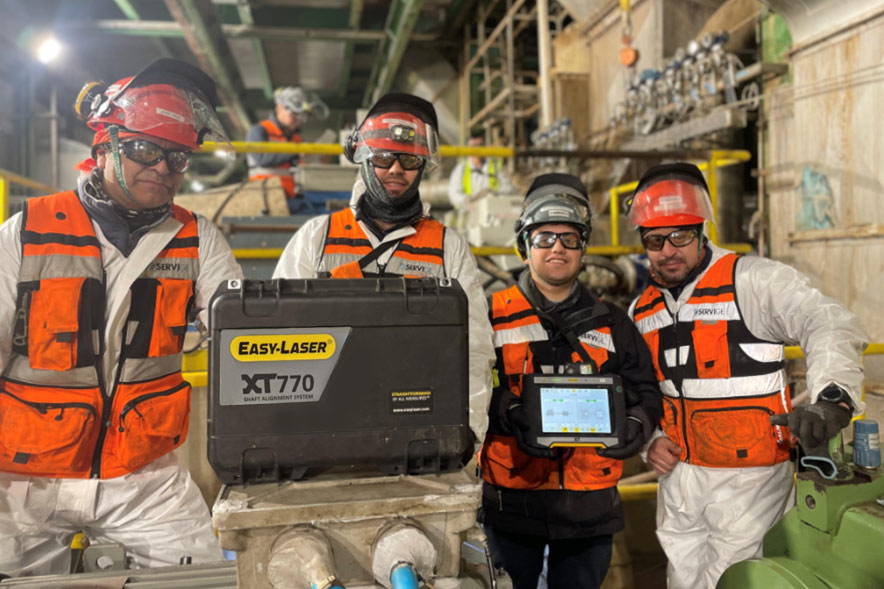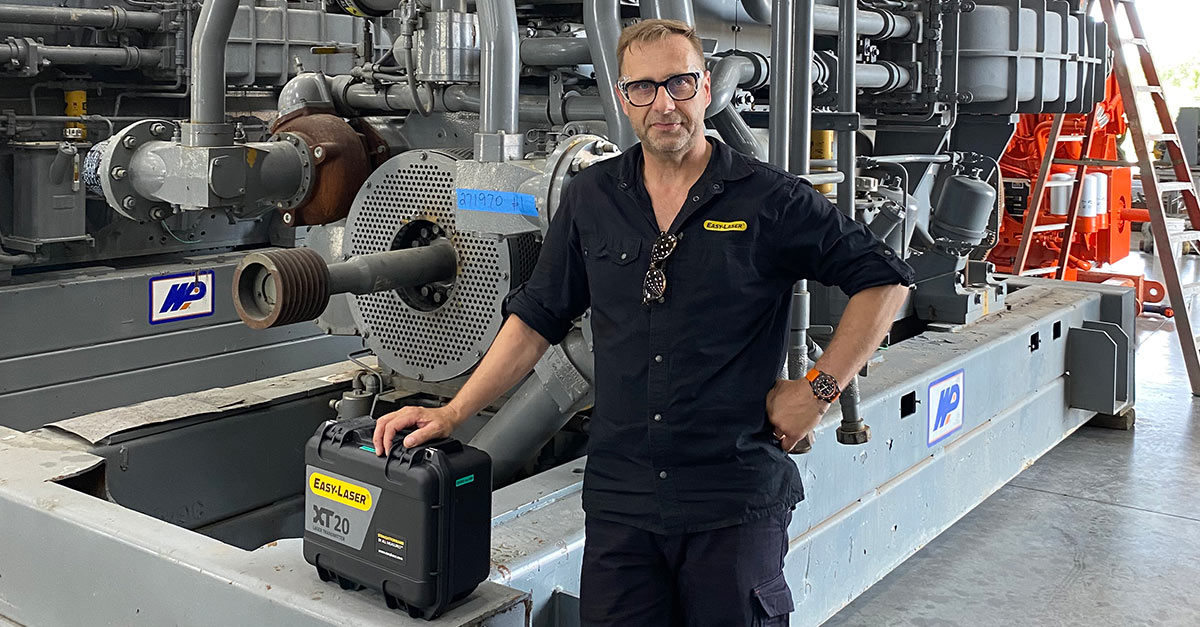As a consultant, Geir never forces any client to take any measures. He recommends, and on some occasions insists on, specific actions.
“In the end, it's up to the individual to make the decision for their company. At least I have documented my findings and the following advice,” he says.
Working on the Norwegian West Coast as a maintenance engineer, his main line of work revolves around the naval sector, where he aligns equipment on large ships and offshore platforms using laser equipment exclusively. And with decades of experience, he takes a lot of pride in his work.
“There is a difference between precision and high precision. If the acceptable tolerance is 0.5 millimeters, we always try to align within at least half of that. It should always be as close to zero as possible. Especially when something is rotating.”
If you ask Geir, precision alignment has several direct upsides. Longer service life. Less damage and fewer breakdowns. That’s why he would like to take it a step further.
“We are environmental workers just as much as we are engineers. The most expensive investment a company can make is a misaligned machine. If you ask me if we are sustainability heroes, I would say yes. If a machine has a longer service life and doesn’t need something replaced, you'll save natural resources by manufacturing fewer machines and spare parts. If the machine runs more efficiently, you’ll consume less energy, which is an economic benefit. We contribute to a more sustainable industry, and we need to be more vocal about the issue.”
Even though Geir is convinced that precision alignment leads to more economic and environmental sustainability, he is also aware of the difficulty of quantifying exactly how much.
“It all depends on the circumstances. Let's say that something is misaligned on a machine on a ship. The misalignment causes vibration on the entire ship, affecting all the other equipment and every member of the crew. Potentially a breakdown. In one scenario, a spare part costs a few dollars and is always accessible. In another, the part could cost millions and take months to produce. As soon as you align outside the acceptable tolerance, the reliability disappears.”
“There are still many people who don't see the connection. A perfectly aligned machine is a company's most economical investment.”
 Bømlo Skipsservice is a modern and well-equipped shipyard for the service of large commercial vessels situated by the beautiful Bømla fjord. The latest addition is a boat lift with a 1100 metric ton lift capacity.
Bømlo Skipsservice is a modern and well-equipped shipyard for the service of large commercial vessels situated by the beautiful Bømla fjord. The latest addition is a boat lift with a 1100 metric ton lift capacity.
Geir is not alone. Thousands of kilometers away in the busy area of southeast Asia and the island of Singapore, the alignment engineer Joost van Doodewaard, who, even though necessarily wouldn't call himself a sustainability hero, shares the opinion that alignment has positive effects.
“What we do leads to more sustainability. It is true that a machine will use less energy when it's properly aligned. It is also true that it will last longer and have less wear and tear. However, it's hard to put a number on it. But if you can make a coupling or bearing last for a couple of years instead of months, you will reduce carbon emissions by producing fewer spare parts. You don't have to fly in the engineers as often, which saves time and money.”
Just like his Norwegian colleague, the main clients for Joost and his colleagues at On Site Alignment can be found out to sea, where they help international shipowners with both counseling and the actual hands-on machine alignment.
When discussing sustainability and precision alignment, Joost also feels that the conversation needs to be broadened to maintenance as a whole.
“Proper precision alignment is a crucial part of maintenance. The shipping industry has set ambitious goals to reduce carbon emissions from all vessels. Which is great. At that same time, the industry needs to invest in measuring the effect of the alignment on, for example, fuel savings and spare parts for everyone to understand the real impact.”



